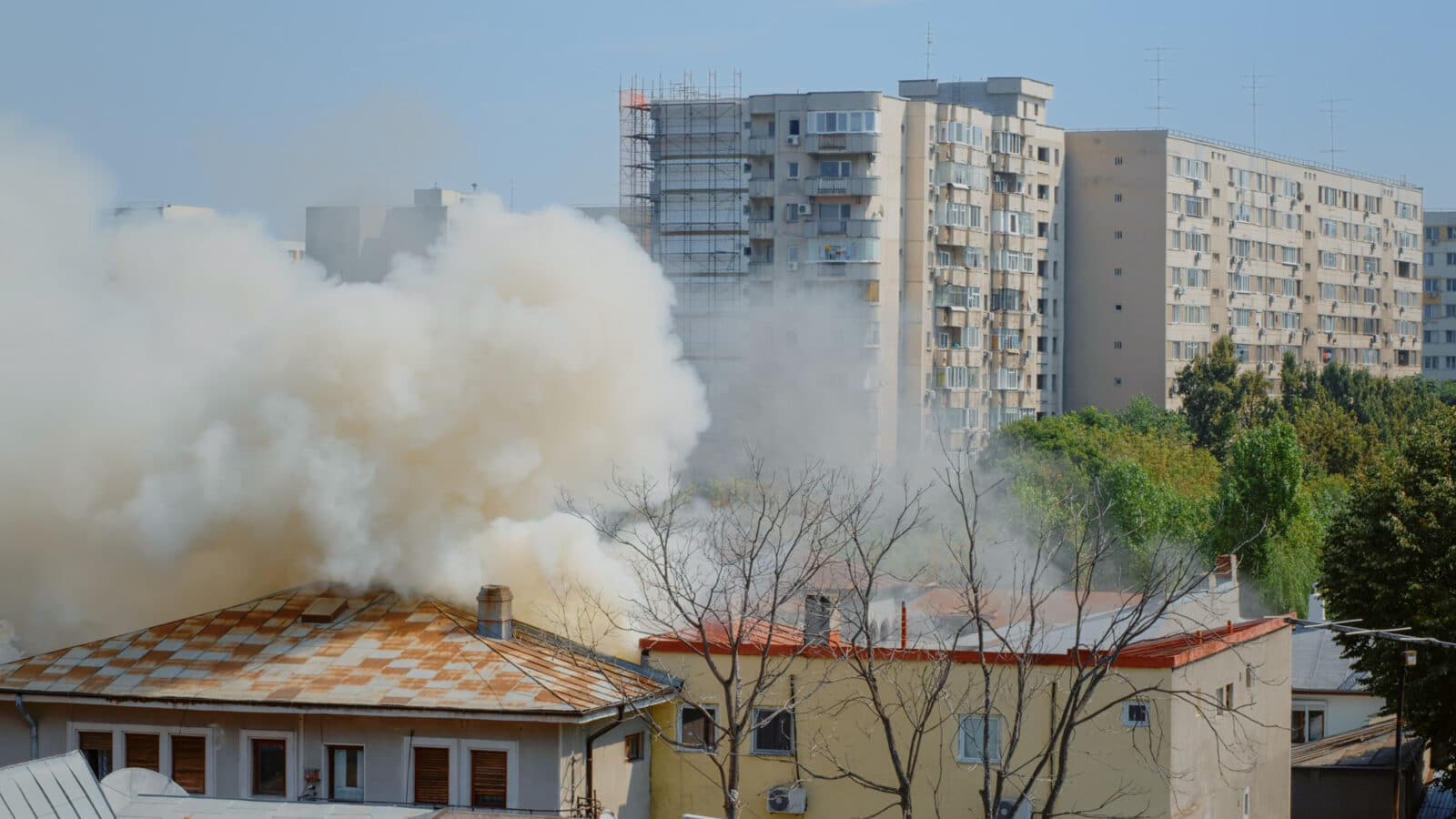Bad weather is happening more often and is stronger, putting over 18 million places people rent in the U.S. in danger. A recent study by Harvard University shows just how much these rental homes at risk from climate hazards are because of things like storms and floods.
Rental Units at Risk from Climate Hazards
Climate hazards threatening rental units include wildfires, tornadoes, floods, hurricanes, and earthquakes. These events, growing in frequency and intensity due to climate change, pose significant risks to housing, emphasizing the need for awareness and preparation to mitigate their impact on rental properties.
Identifying the Vulnerable
Harvard’s research, integrating FEMA’s National Risk Index with demographic data, reveals the widespread exposure of rental units to potential annual losses from environmental hazards. The oldest rental stock in history faces unprecedented risks, from wildfires and flooding to hurricanes and earthquakes.
The Cost of Climate Disasters
2023 marked a record year for weather and climate disasters, with damages surpassing $92.9 billion. This trend signifies not just an increase in frequency but also in the geographical spread of such events, impacting more residential areas.
Rental Communities at Crossroads
Significantly, 45% of single-family rentals and up to 40% of multifamily units are in high-risk zones. Manufactured housing, representing a smaller fraction of the market, shows even greater susceptibility, with 52% of such units at extreme weather exposure.

Solutions for Renters
Renters can safeguard their belongings from climate hazards by getting renter’s insurance, which covers personal property damage not included in their landlord’s building insurance. It’s crucial to check if their policy covers specific disasters like floods or earthquakes and possibly add extra coverage. Additionally, researching an area’s flood risk, building resilience, and any disclosures about flooding before moving can help renters make informed decisions and better protect themselves against potential environmental risks.
Related posts:
 Surge in US Housing: A Close Look at the November 2023 Boom
Surge in US Housing: A Close Look at the November 2023 Boom
 Increased Housing Confidence Brightens 2024, But Buying a Home Still Tough
Increased Housing Confidence Brightens 2024, But Buying a Home Still Tough
 Canada Bans Foreign Homeownership Until 2027 to Help People Afford Homes
Canada Bans Foreign Homeownership Until 2027 to Help People Afford Homes
 Denver Housing Market Challenges: Zillow Reveals Homebuyers Now Need $173K Annual Income
Denver Housing Market Challenges: Zillow Reveals Homebuyers Now Need $173K Annual Income
 “Sign & Save Program” Goes Nationwide in 2024: A New Era for Homebuyers with Redfin
“Sign & Save Program” Goes Nationwide in 2024: A New Era for Homebuyers with Redfin



